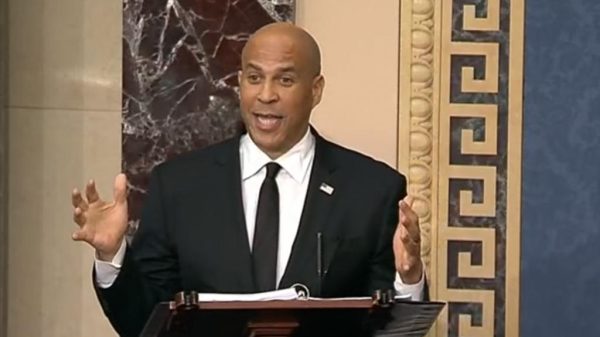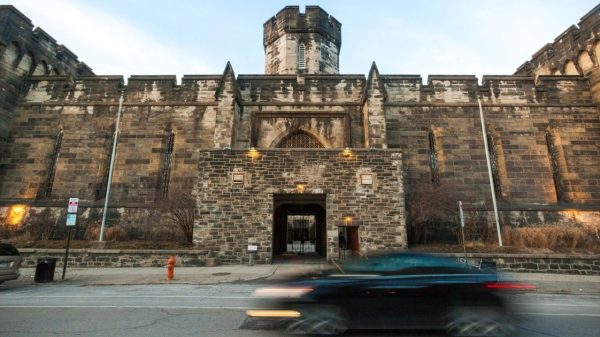$1000 Per Month for Americans: In recent years, the concept of Universal Basic Income (UBI) has gained traction as a potential solution to economic inequality and job displacement caused by automation and technological advancements. Proposals like providing $1,000 per month to every American have sparked national conversations about how UBI could reshape the economy and improve financial security. But what exactly is UBI, and how does it work? Here’s a comprehensive guide to help you understand this innovative idea.
$1000 Per Month for Americans
| Feature | Details | Official Resource |
|---|---|---|
| Proposed Monthly Payment | $1,000 per adult | Economic Security Project |
| Funding Sources | Tax reforms, wealth taxes, and savings from reduced welfare bureaucracy | UBI Funding Models |
| Eligibility | Universal (all citizens) or targeted (low-income groups) | Policy Analysis |
| Pilot Programs | Trials conducted in California, Finland, and Canada | Global UBI Experiments |
| Potential Benefits | Reduces poverty, improves health and education outcomes | Studies on UBI Impact |

The idea of providing $1,000 per month to all Americans through Universal Basic Income has the potential to transform the economy and improve financial security for millions. While there are challenges to overcome, including funding and implementation, UBI offers a bold solution to address poverty, inequality, and the future of work in an automated world. As discussions continue, it’s essential to weigh the pros and cons and consider how this policy could shape the future of our society.
What Is Universal Basic Income (UBI)?
Universal Basic Income (UBI) is a policy idea that proposes providing all individuals with a fixed amount of money on a regular basis, regardless of employment status or income level. The core goal is to ensure a basic standard of living for everyone, reducing poverty and financial insecurity.
Unlike traditional welfare programs, which often have strict eligibility criteria and require recipients to meet specific conditions, UBI is designed to be unconditional. This means that every eligible person receives the same amount, promoting fairness and simplicity.
How UBI Differs from Existing Welfare Programs
- Unconditional Payments: UBI does not require recipients to prove financial need or meet work requirements.
- Universal Access: Unlike targeted welfare programs, UBI is available to everyone, ensuring no one falls through the cracks.
- Cash Instead of Vouchers: UBI provides cash payments, giving individuals the freedom to spend the money as they see fit.
How Does UBI Work?
1. Monthly Payments
Under most UBI proposals, every adult citizen would receive $1,000 per month, totaling $12,000 per year. This amount is intended to cover basic living expenses, such as food, housing, and transportation.
2. Funding Sources
Critics often question how UBI would be funded. Common proposals include:
- Tax Reforms: Increasing taxes on high-income earners or implementing a wealth tax.
- Automation Taxes: Taxing companies that use automation and artificial intelligence to replace human workers.
- Welfare Program Savings: Streamlining or replacing existing welfare programs to reduce administrative costs.
3. Economic Redistribution
UBI is designed to redistribute wealth by providing financial support to lower-income individuals while funding the program through taxes on wealthier individuals and corporations. This redistribution aims to reduce income inequality and provide a safety net for everyone.
Examples of UBI in Action
Several countries and cities have conducted pilot programs to test the feasibility and impact of UBI. Here are some notable examples:
1. Finland’s Basic Income Experiment
In 2017-2018, Finland conducted a trial where 2,000 unemployed individuals received 560 euros per month. Results showed improved mental well-being, reduced stress, and increased motivation to seek employment.
2. California’s Stockton Experiment
The city of Stockton, California, ran a pilot program from 2019 to 2021, providing $500 per month to 125 low-income residents. Participants reported improved financial stability, better health, and increased ability to pursue education and job opportunities.
3. Canada’s Ontario Pilot Program
Ontario launched a UBI pilot in 2017, providing monthly payments of up to $1,400 to low-income individuals. Although the program was discontinued prematurely, early findings suggested improvements in health, education, and financial security.
New Increased Social Security Payment Coming in January 2025, Check Payment Date & Eligibility
$1300 in Relief from Commonwealth Bank – Say Goodbye to Bill Stress This Year
Pros and Cons of UBI
Benefits of UBI
- Reduces Poverty: By providing a guaranteed income, UBI ensures that everyone can meet their basic needs.
- Improves Health Outcomes: Financial security reduces stress and enables better access to healthcare.
- Simplifies Welfare Systems: Replacing multiple welfare programs with a single payment reduces administrative costs and inefficiencies.
- Encourages Creativity and Innovation: With basic needs met, individuals have more freedom to pursue education, start businesses, or engage in creative activities.
- Prepares for Automation: UBI provides a safety net for workers displaced by automation and technological advancements.
Challenges of UBI
- Cost: Implementing UBI on a national scale would require significant funding and political will.
- Work Disincentives: Critics argue that guaranteed income might discourage some individuals from seeking employment.
- Inflation Risk: Providing everyone with extra cash could lead to higher prices for goods and services.
- Targeting Issues: Universal payments may provide unnecessary support to wealthy individuals who don’t need financial assistance.
Frequently Asked Questions (FAQs)
1. Who would qualify for UBI?
Most UBI proposals suggest universal eligibility, meaning all adult citizens would qualify regardless of income, employment status, or other factors.
2. How much would UBI cost?
The cost of implementing UBI depends on the payment amount and population size. For example, providing $1,000 per month to 250 million American adults would cost approximately $3 trillion per year.
3. Will UBI replace existing welfare programs?
Some proposals suggest replacing existing welfare programs with UBI to simplify the system and reduce administrative costs. Others propose keeping welfare programs in place for those with additional needs.
4. How will UBI impact the economy?
Studies suggest that UBI could stimulate economic growth by increasing consumer spending and reducing poverty-related costs, such as healthcare and crime.
5. Is UBI realistic in the United States?
While UBI faces significant challenges, including funding and political opposition, pilot programs and growing public support suggest it could become a viable policy in the future.








































